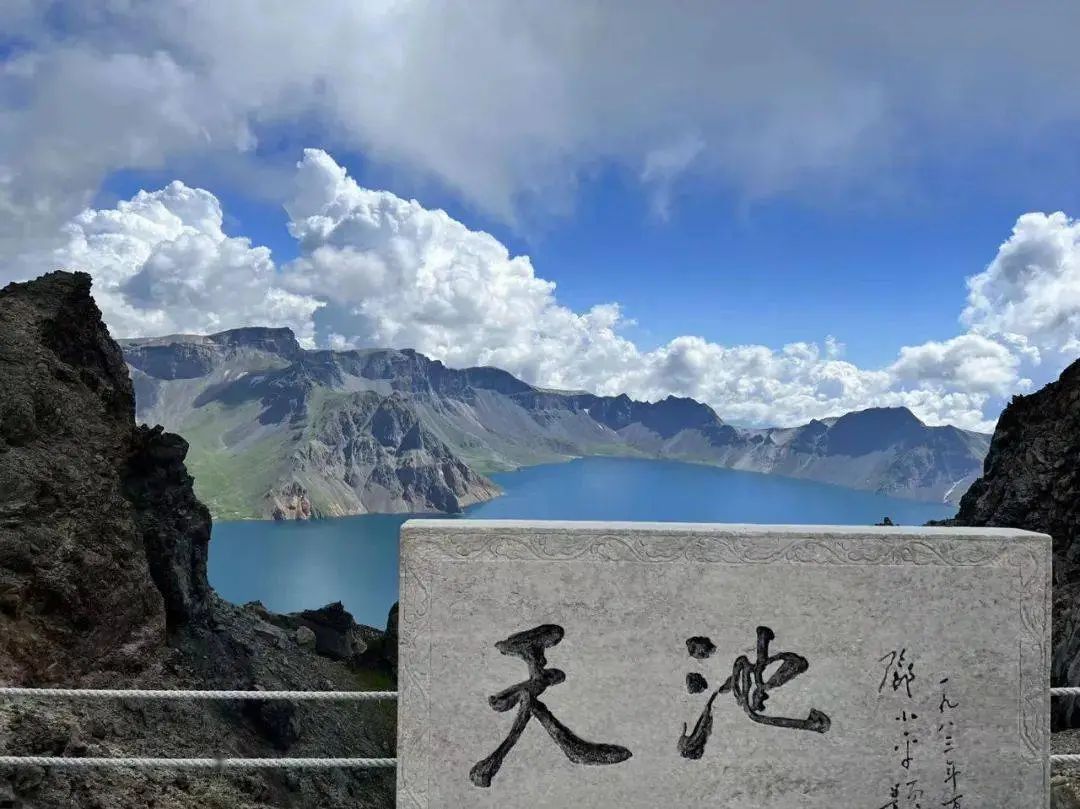
Changbai Mountain’s Heavenly Lake (Tianchi)
Yes, foreigners can visit Changbai Mountain. As one of China’s most famous tourist attractions, Changbai Mountain has always been open to both domestic and international visitors. Typically, as long as foreign tourists possess a valid visa and relevant travel documents, they can follow standard procedures for ticket purchase and reservations to tour Changbai Mountain. The mountain has even launched promotional policies to attract global visitors.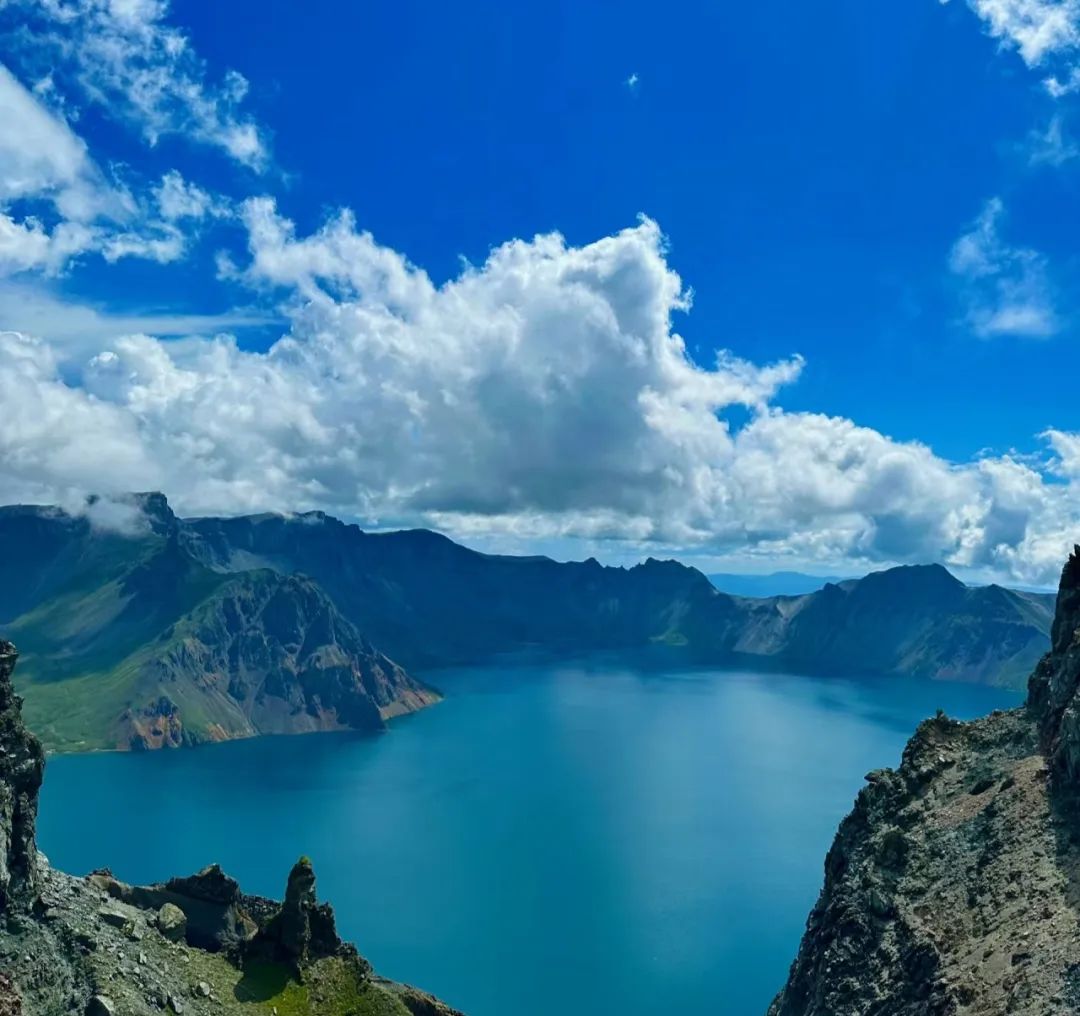
Changbai Mountain is located in the southeastern part of the Chibei District, Antu County, Jilin Province, about 34 kilometers from Changbai Mountain and 65 kilometers from the Sino-Korean border at Shuangmufeng. With a total area of 52.42 square kilometers, it is a national AAAAA tourist attraction, a UNESCO Global Geopark, a UNESCO Biosphere Reserve, and one of the world’s top natural reserves. Known as one of China’s top ten mountains, Changbai Mountain has been a sacred Chinese landmark since ancient times. The main peak, named for its white volcanic rocks and snow, is famously described as “millennia-old snow, ten-thousand-year-old pine.” It is renowned for its “Sacred Mountain, Holy Water, Magical Forest, and Fairy Fruit” and is recognized as the birthplace of the Manchu people. During the Qing Dynasty, emperors paid homage to this sacred mountain by personally visiting or sending officials to perform rituals.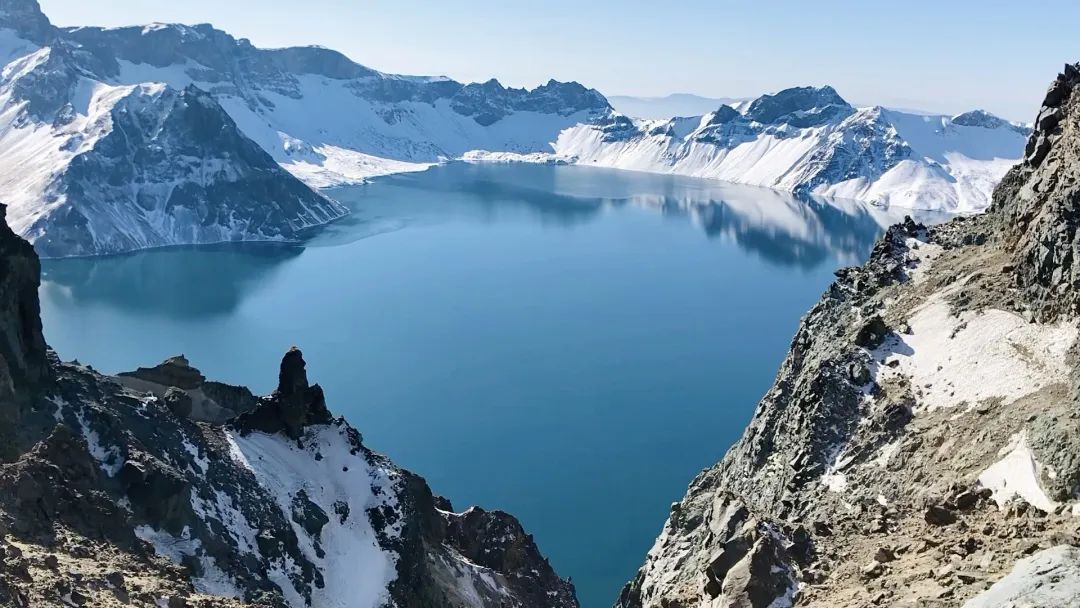
Changbai Mountain, an inactive volcano, is named for its volcanic rocks and snowy peaks. The Chinese White Cloud Peak, at an elevation of 2,691 meters, is the highest in northeast China, while the highest peak overall, the General Peak, lies in North Korea at 2,749 meters. The mountain has a rich history dating back 4,000 years, appearing in the ancient text Classic of Mountains and Seas as Bu Xian Mountain. Changbai Mountain has had various names through different dynasties, such as Tudai Mountain during the Northern and Southern Dynasties, Taibai Mountain during the Tang Dynasty, and Changbai Mountain during the Liao and Jin Dynasties. The mountain holds significant cultural value and is closely linked to issues of national interests, border stability, and territorial integrity.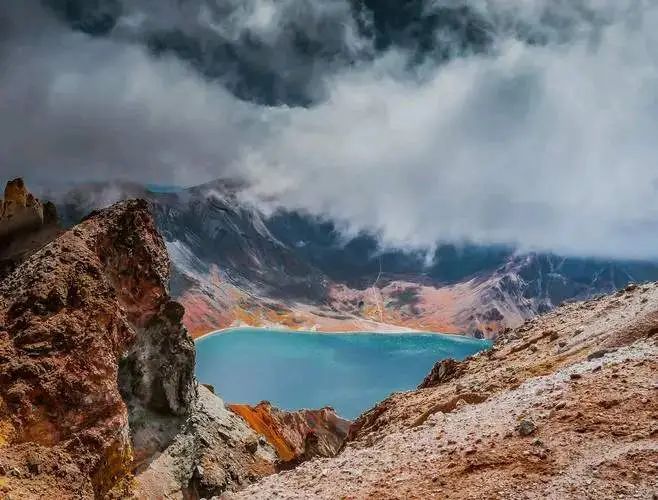
Home to diverse natural resources and abundant historical heritage, Changbai Mountain boasts unique vegetation and volcanic landscapes. It is listed as one of the top entries in China’s preliminary catalog for UNESCO Natural and Cultural Heritage. This ecosystem hosts over 1,800 higher plant species, more than 50 mammal species, over 280 bird species, 50 fish species, and over 1,000 insect species. The mountain is also the origin of three major rivers in northeast China—the Songhua, Yalu, and Tumen Rivers.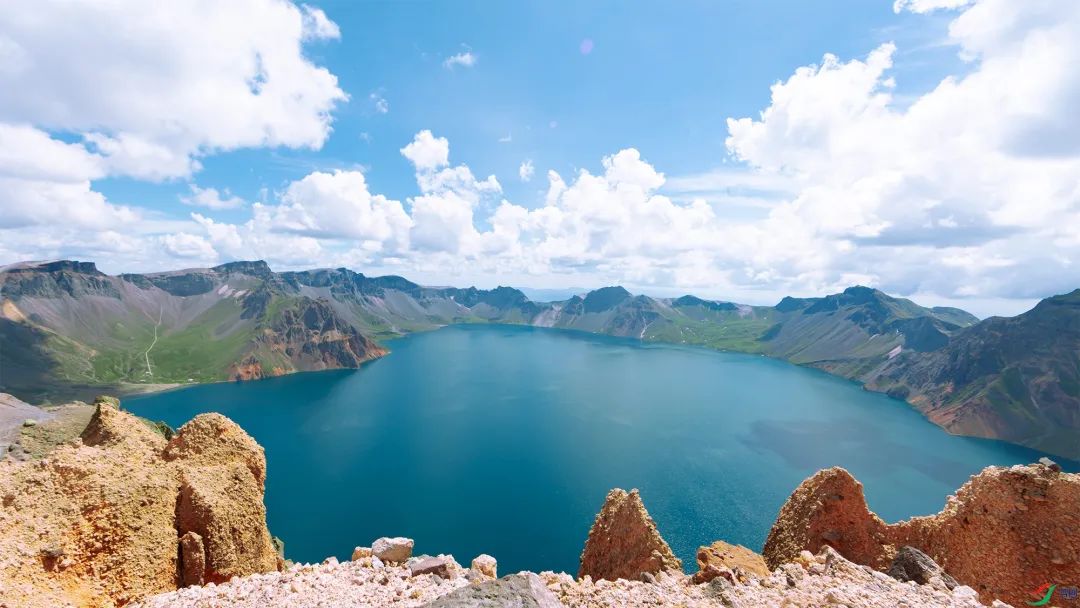
Changbai Mountain is renowned for its rich tourism resources, including Heavenly Lake, waterfalls, snow sculptures, and forest views. The mountain has been recognized in the Guinness World Records and is celebrated as one of China’s top ten mountains, one of the country’s five most beautiful lakes, and one of the ten most stunning forests in China. The scenic area consists of three main routes: the North Slope, West Slope, and South Slope, each offering distinct paths to view Heavenly Lake.
Heavenly Lake, a volcanic crater lake, is the main highlight of Changbai Mountain. Formed by volcanic eruptions that filled with water, this lake is an elliptical shape, measuring about 4.4 kilometers in length and 3.37 kilometers in width, with a surface area of around 9.82 square kilometers and a total water volume of 2.04 billion cubic meters. It has an average depth of 204 meters and a maximum depth of 373 meters, making it one of the deepest lakes in China. Surrounded by steep peaks, the lake’s waters are clear and exhibit a captivating blue-green hue. Among the most famous peaks surrounding the lake are Tianwen Peak and Longmen Peak. A gap between these two peaks allows the lake water to overflow, forming Changbai Waterfall, the most famous waterfall in the area and the source of the Songhua River. Changbai Waterfall has a drop of 68 meters, creating a dramatic cascade. In winter, the waterfall freezes, forming a unique icefall.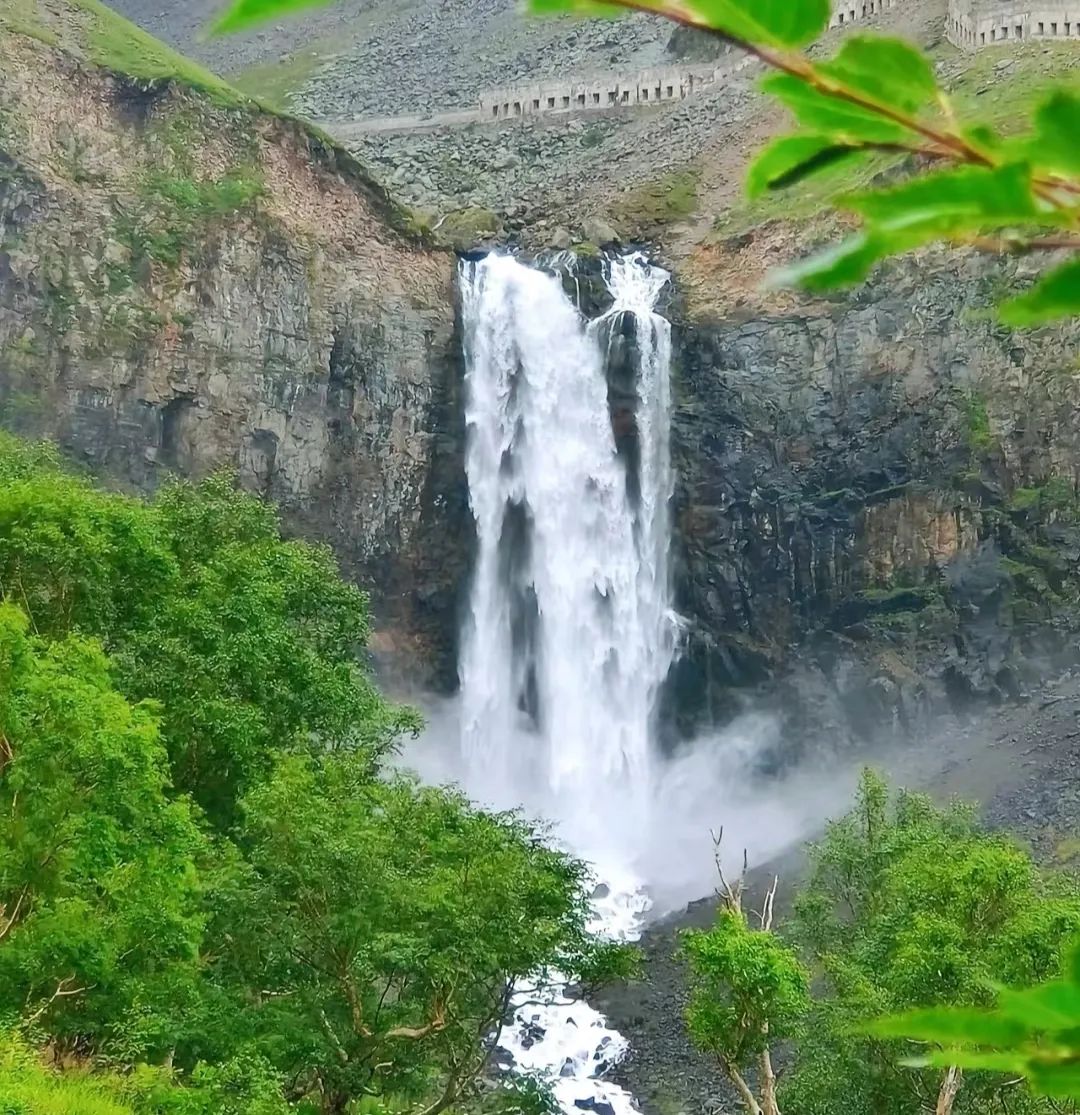

Changbai Mountain is also known for its distinctive hot springs, such as the Longxian Hot Spring, also known as Julong Hot Spring. In winter, steam rises from the spring, and nearby trees are adorned with rime, creating a beautiful scene. The water contains hydrogen sulfide and other minerals, offering therapeutic benefits for skin conditions, arthritis, and rheumatism. Eggs boiled in the hot springs have a unique taste, with fully cooked yolks and jelly-like whites.
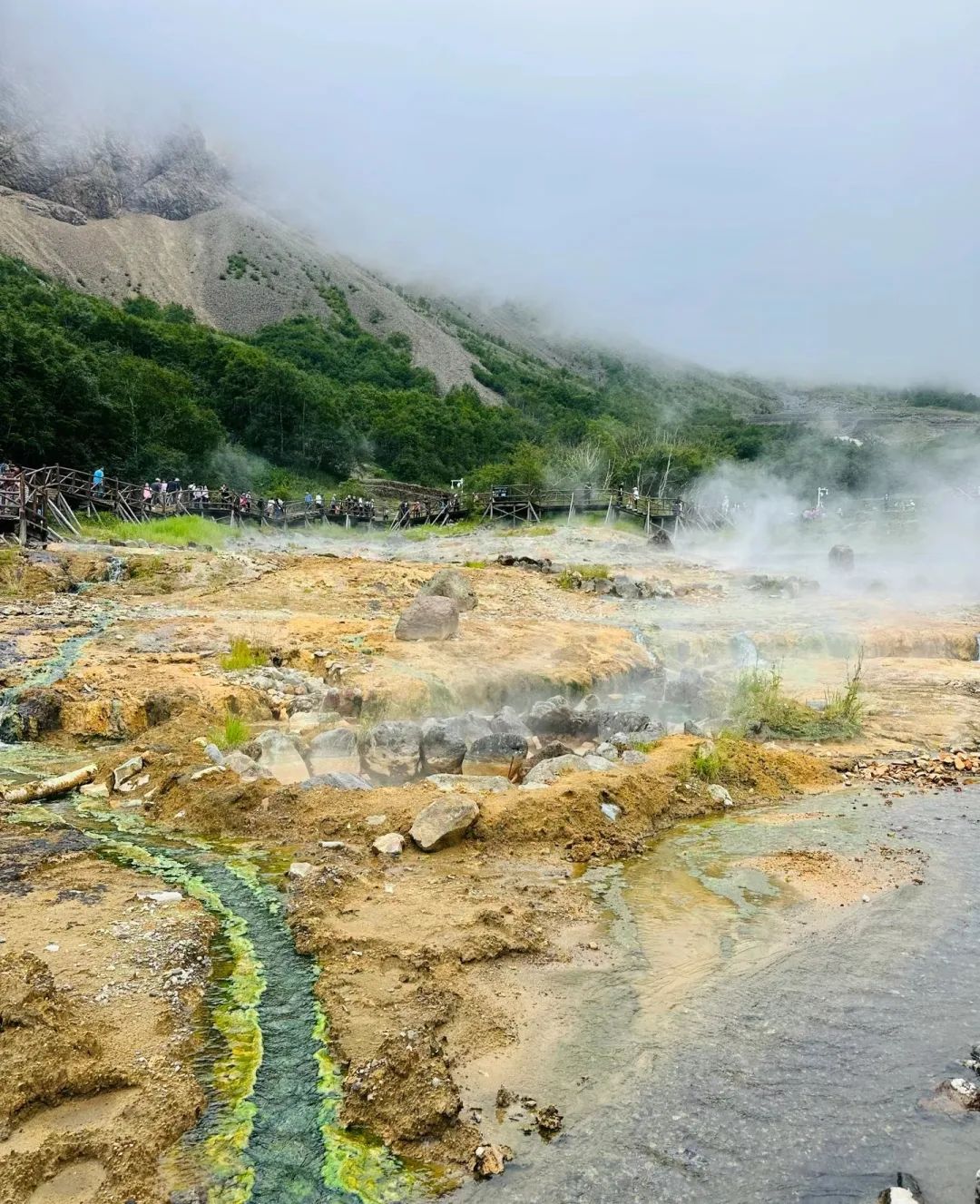
Lvyuan Pool is another notable attraction in Changbai Mountain National Nature Reserve. Surrounded by mountain birch trees and emerald-green waters, Lvyuan Pool features a 26-meter-high waterfall that cascades into the pool, shrouding the area in mist and creating a mystical ambiance reminiscent of a fairyland.
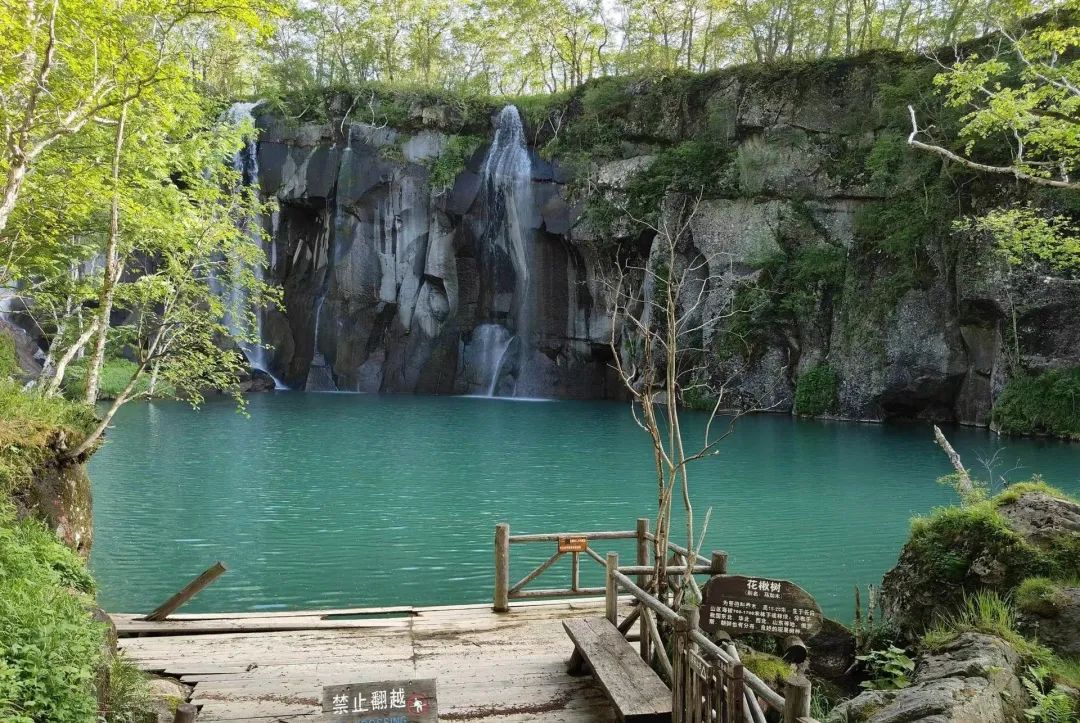
Changbai Mountain’s underground forest is a vast sunken valley formed by tectonic or volcanic activity, where entire forests lie beneath the valley floor. Exploring this forest offers a sense of nature’s grandeur, as if one is wandering through a vast ocean of trees.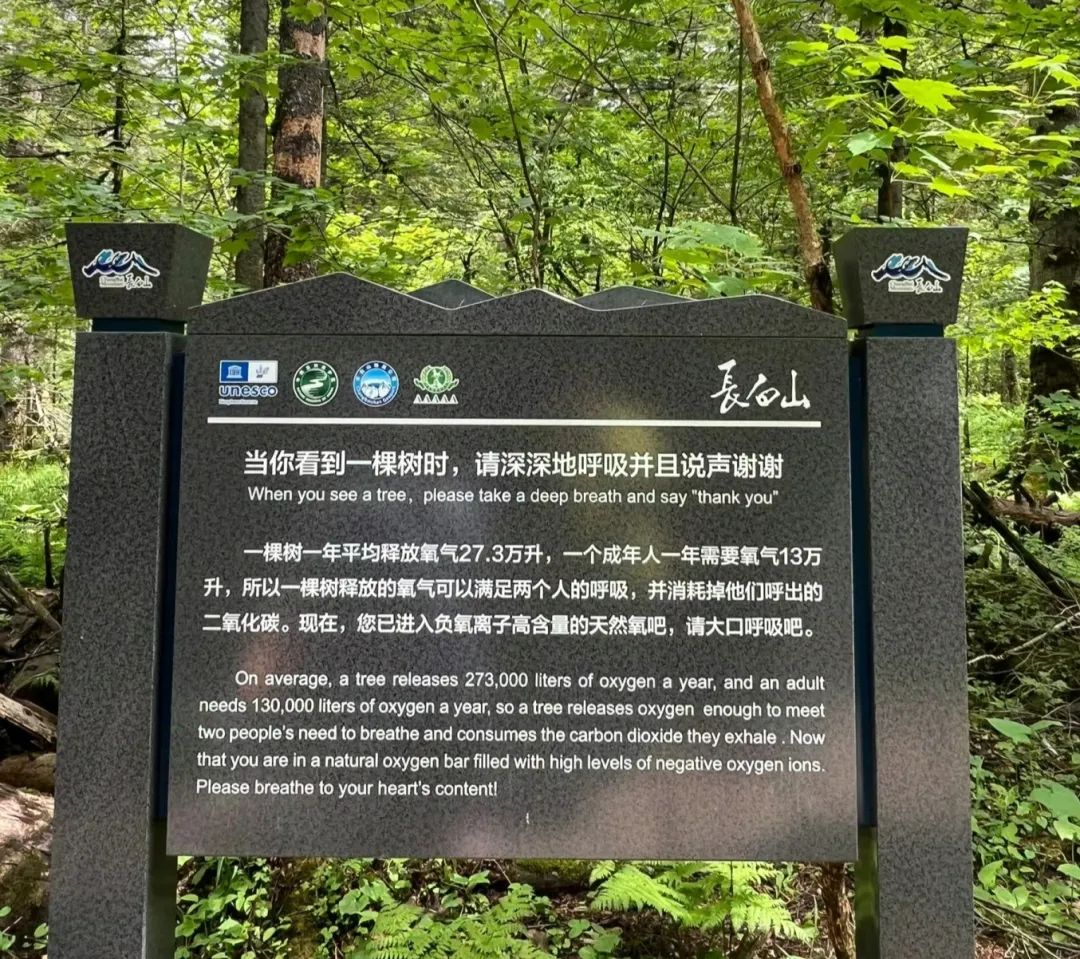
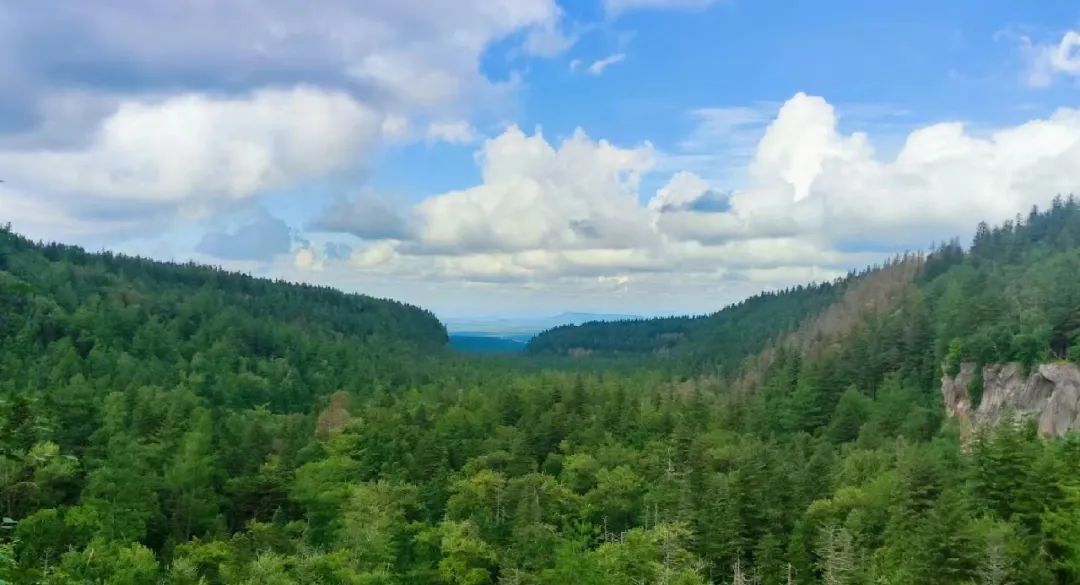
Changbai Mountain is a vibrant landscape, especially during autumn, when the lush green trees turn to fiery hues, forming a picturesque scene that perfectly complements the serene Heavenly Lake.
In summary, Changbai Mountain’s beauty is multifaceted. Whether through its awe-inspiring landscapes, unique geological features, or diverse ecology, the mountain continues to attract numerous visitors, showcasing the remarkable handiwork of nature.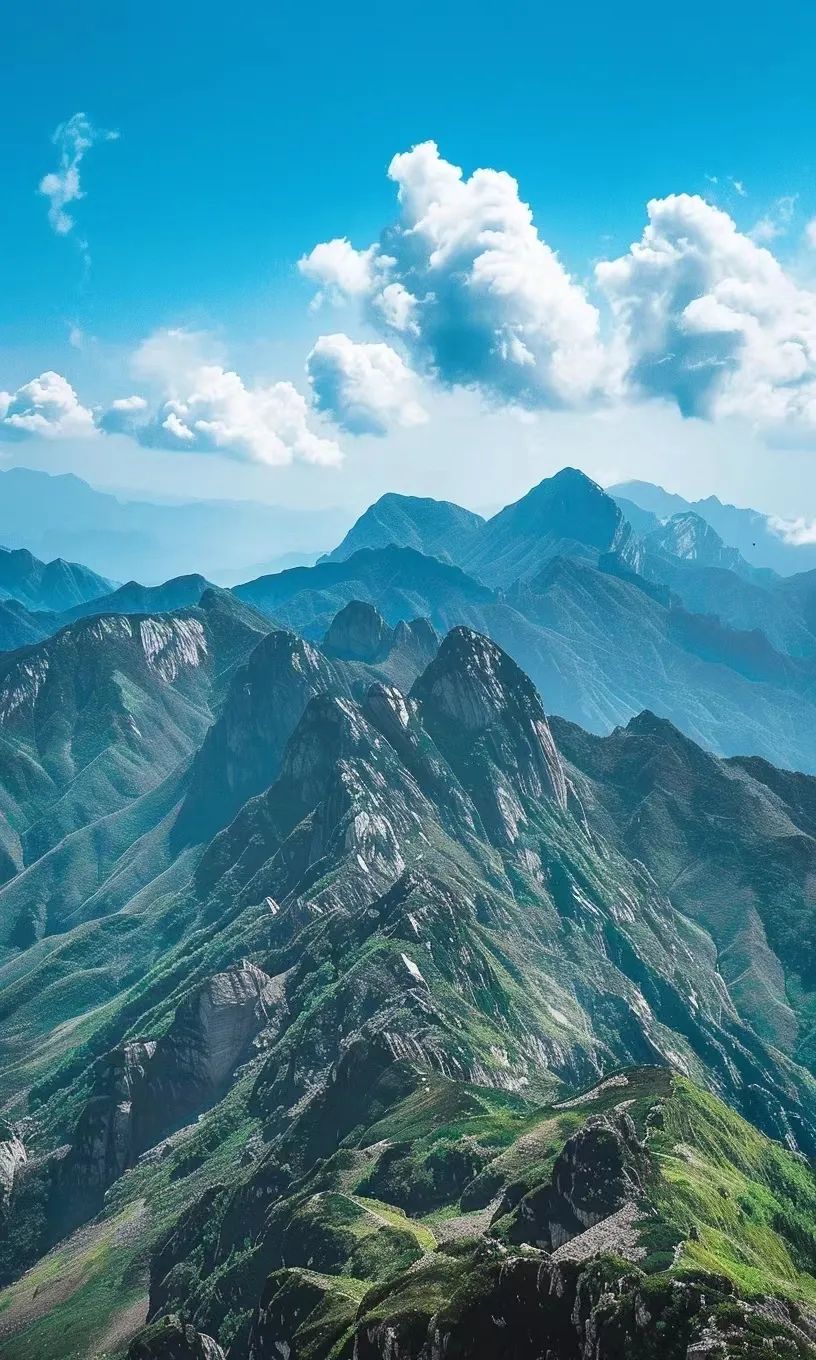
The main Changbai Mountain routes are as follows:
- North Slope:
- Route: Mountain gate → Tianchi transfer center → Tianchi → Waterfall → Hot springs → Small Tianchi → Lvyuan Pool → Underground forest → North Slope mountain gate
- Features: The North Slope is the oldest tourist route, offering views of the impressive Changbai Waterfall and the mysterious underground forest.
- West Slope:
- Route: Mountain gate → Tianchi → Center → 1,442 steps → Tianchi → Sino-Korean boundary marker → Jinjiang Grand Canyon → Alpine garden
- Features: The West Slope offers a broader view and requires climbing 1,442 steps, with beautiful sights such as the Alpine garden and Jinjiang Grand Canyon.
- South Slope:
- Route: Tianchi → Yalu River Canyon → Yanyang Forest → Yalu River → Charcoalized Wood Site → Changbai Stone Forest → Guanmen Lazi → Tiger Leap Waterfall → South Slope Alpine Garden
- Features: The South Slope is the most pristine area, allowing close-up views of Heavenly Lake and a glimpse of Korean bunkers and watchtowers.
The East Slope is located within North Korea and is currently not open to tourists. Visitors can choose their route based on time, stamina, and interests. Since the weather at Changbai Mountain is unpredictable, it is advisable to check the weather forecast before planning a visit.
Travel Guide and Tips for Changbai Mountain: Changbai Mountain Tourism